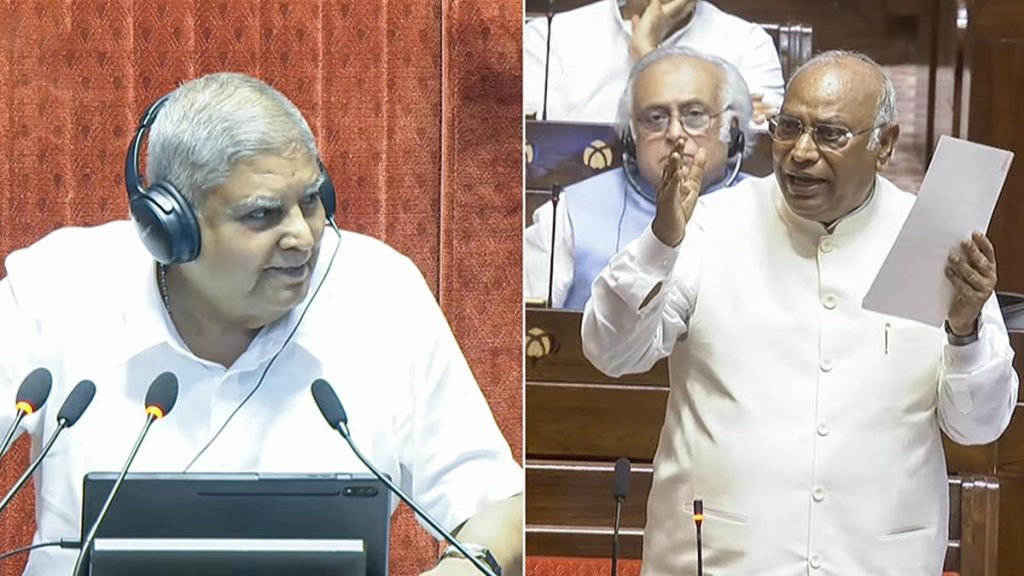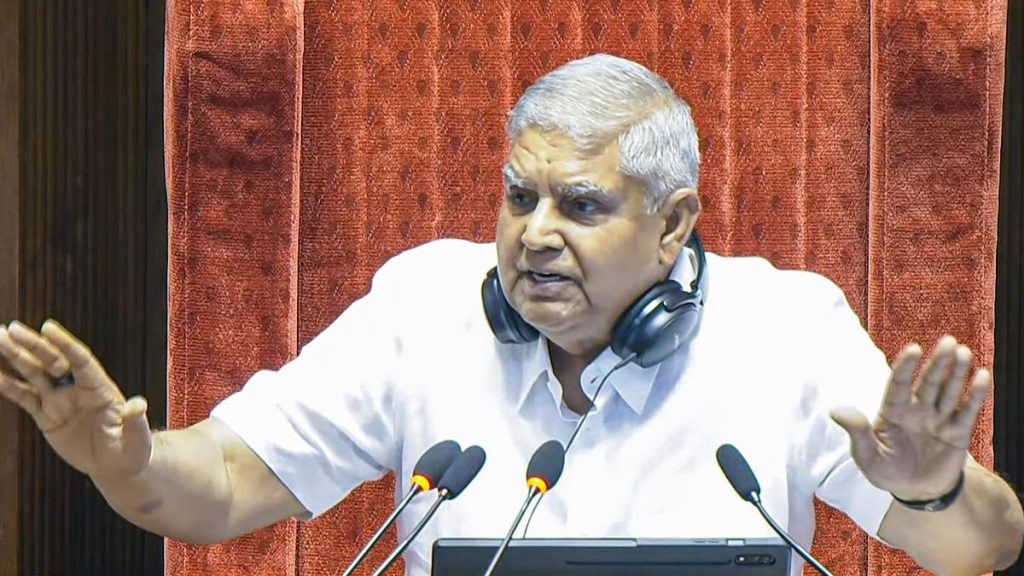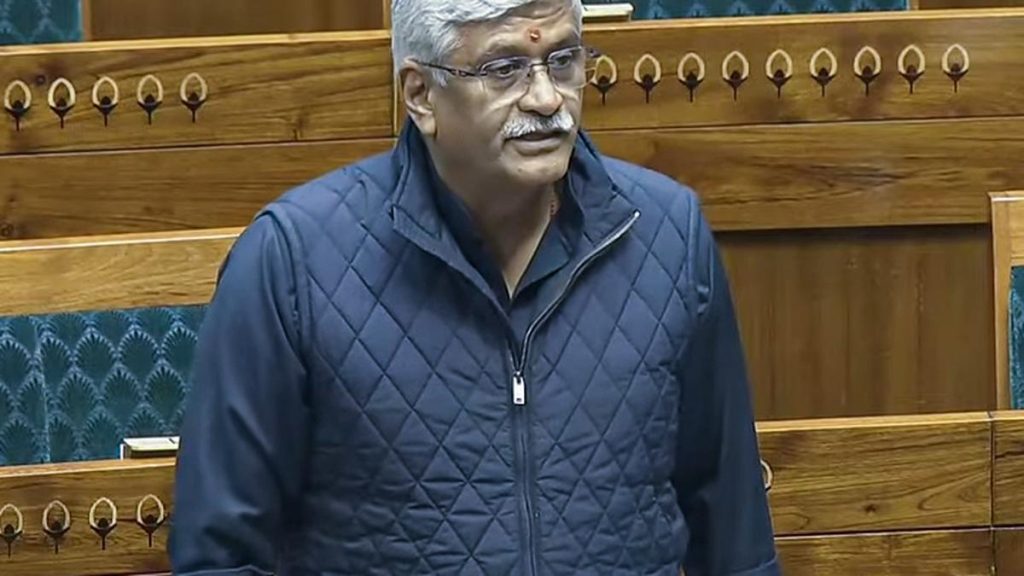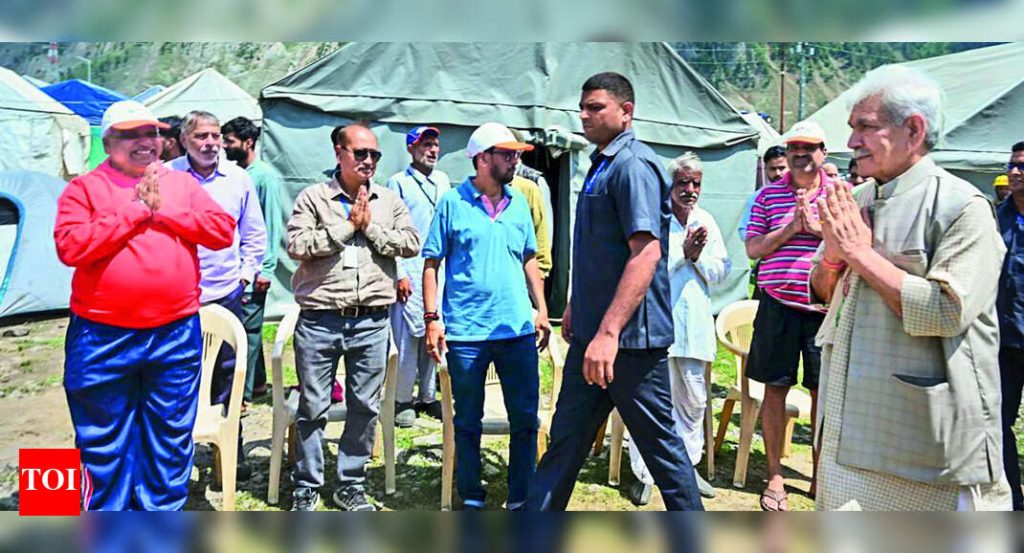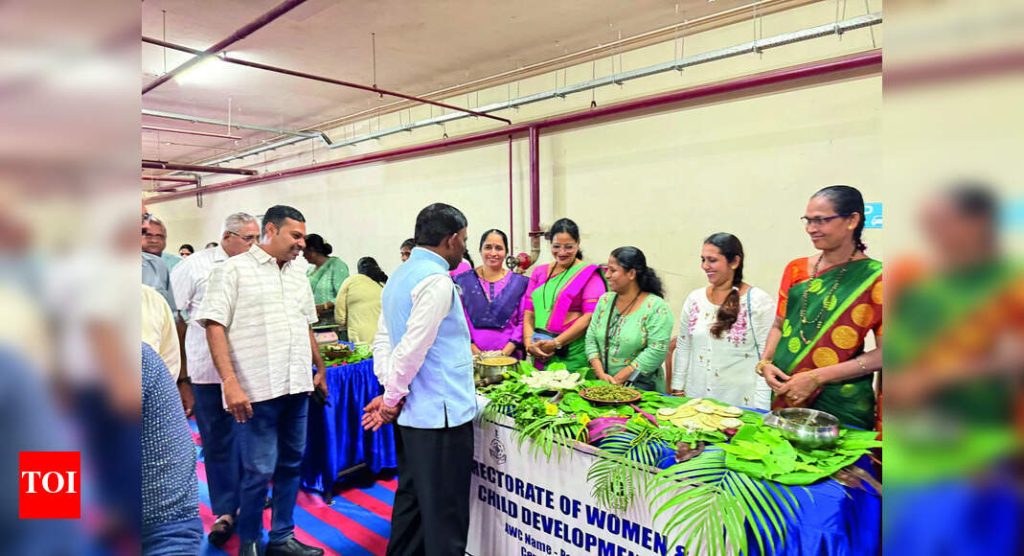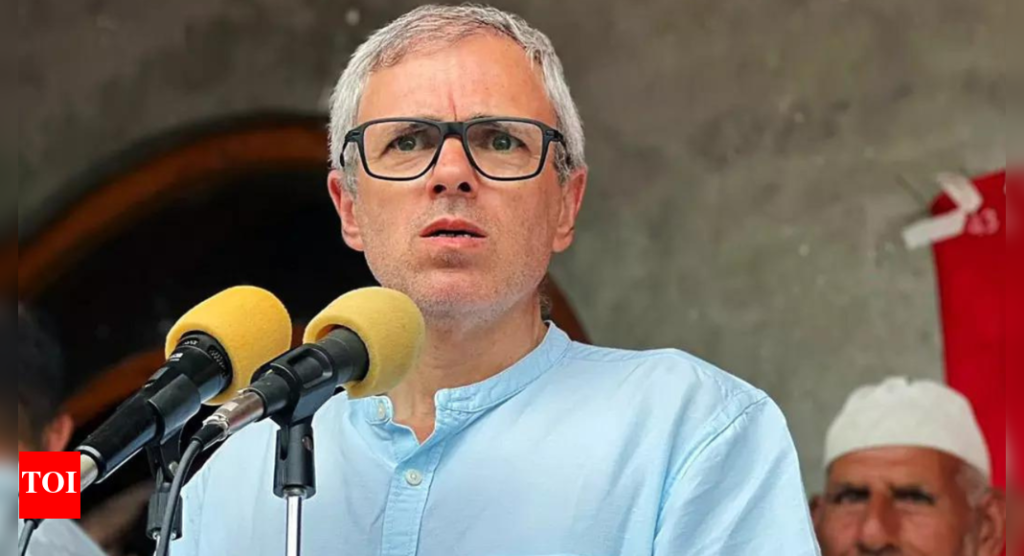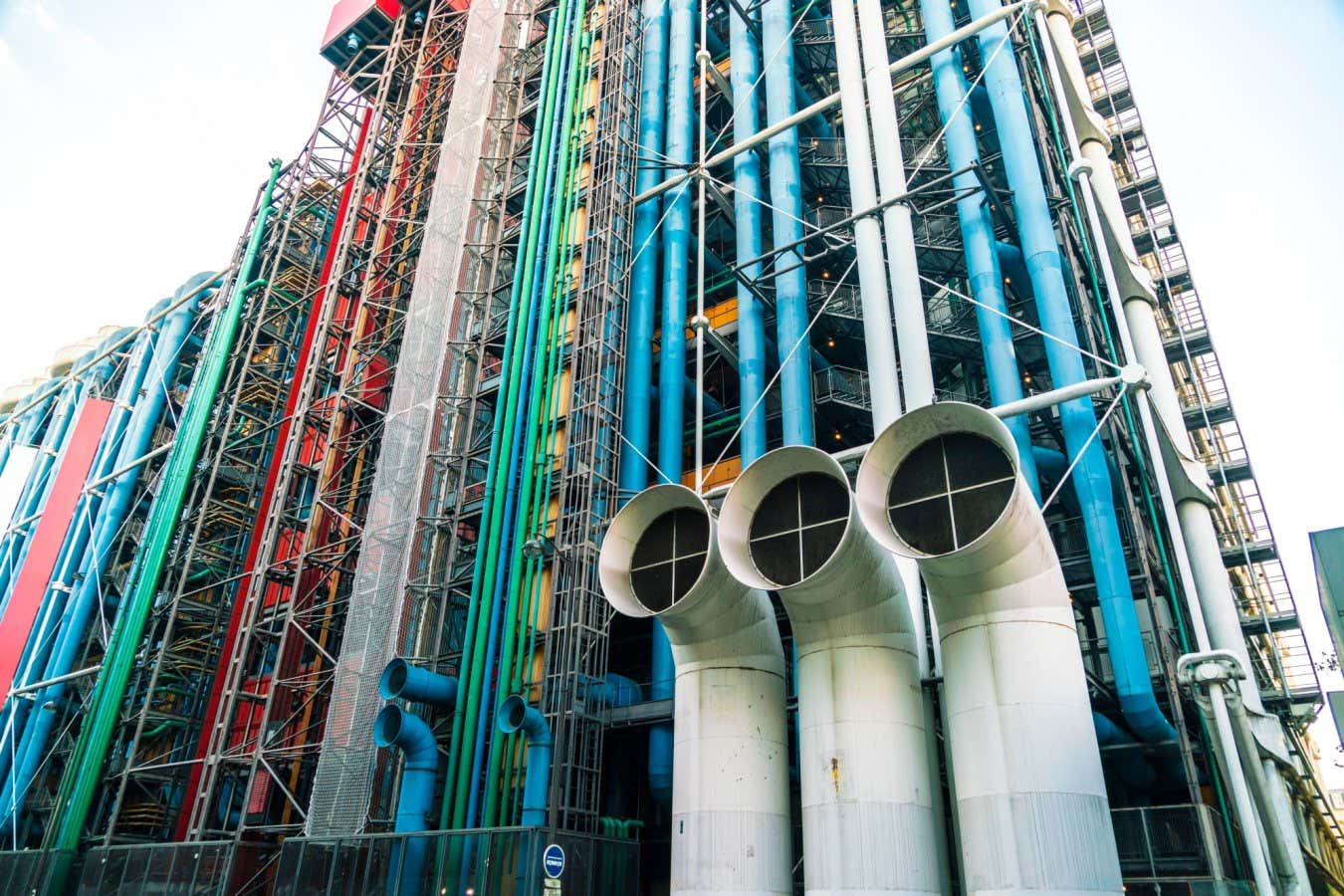Now Reading: First ‘Three-Parent’ Babies Born Free of Genetic Disorders
-
01
First ‘Three-Parent’ Babies Born Free of Genetic Disorders
First ‘Three-Parent’ Babies Born Free of Genetic Disorders
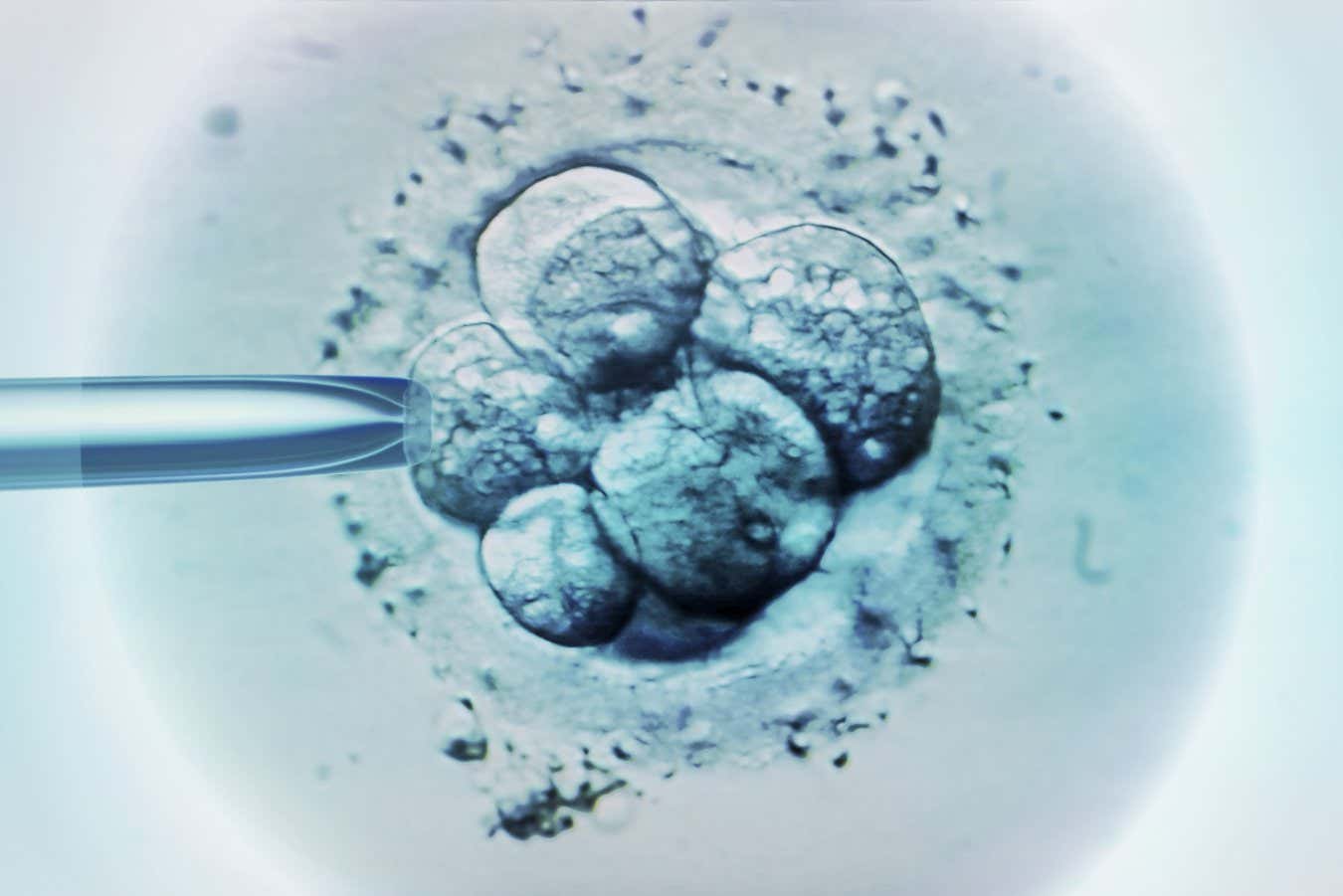
Quick Summary
- Eight children have been born in the UK using genetic material from three people to prevent serious hereditary mitochondrial conditions.
- The procedure,called pronuclear transfer,involves replacing defective mitochondria from the mother with healthy mitochondria from a female donor.
- Mitochondrial defects can lead to severe health issues, including blindness, seizures, and death. Approximately 1 in 5000 people inherit these conditions.
- The UK approved pronuclear transfer in 2015 for women at high risk of passing on mitochondrial diseases who cannot use preimplantation genetic testing.
- Technique details:
– Eggs from both the mother and donor are fertilized via IVF.
– The nucleus (containing most DNA) is transferred from the mother’s egg to the donor’s egg while retaining donor mitochondria and other contributions.- This creates embryos containing DNA primarily from biological parents but healthy mitochondria from a separate donor.
- Results:
– Out of embryos examined post-transfer into their mothers’ wombs, eight healthy babies were born (including twins).
– Blood tests showed no harmful mutations in five babies and extremely low levels in three; all are reportedly meeting developmental milestones months or years post-birth.
- Some complications occurred: episodes like epilepsy or abnormal heartbeats have mostly resolved.
indian Opinion Analysis
The triumphant use of pronuclear transfer introduces groundbreaking potential for treating hereditary illnesses worldwide. While this technique has shown promise internationally by eliminating devastating genetic conditions effectively, careful monitoring of long-term effects will remain critical.
for India-home to significant challenges affecting maternal genetics due partly cultural norms limiting testing facilities proper budget undertakes ANN technology resources mitigate efforts research human


